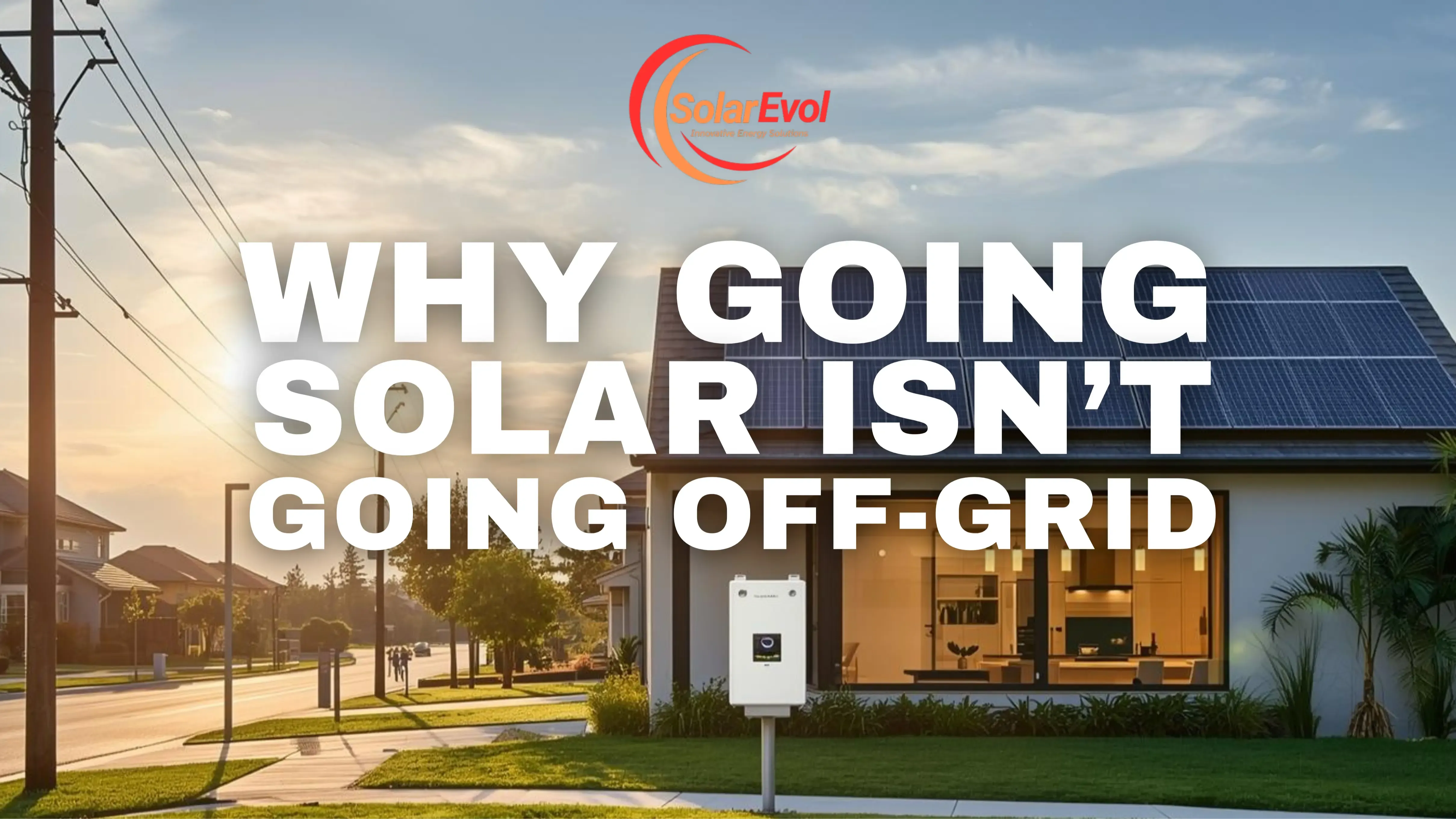
Electrified Glass™—Game-Changer for Buildings
Jun 13, 2025Friday, June 13, 2025
It’s more than just glass.
It generates energy.
It responds to the sun.
It transforms the way buildings perform.
It’s Electrified Glass™ — and it’s changing how we think about building envelopes.
At Solar Evol, we’ve had a front-row seat to this tech’s evolution — and in this white paper, we’re unpacking the real-world value, technical considerations, and design possibilities of Electrified Glass™ for commercial and high-performance projects.
No fluff. No hype. Just the inside story on how this tech works, when it makes sense, and how to use it right.
🔍 What Is Electrified Glass™?
Electrified Glass™ is an umbrella term for next-gen architectural glass that’s been engineered to generate power, respond to environmental inputs, or perform advanced functions beyond what traditional glazing can do.
There are three key types we see hitting the commercial and high-performance markets:
- Photovoltaic Glass (PV Glass) – Transparent or semi-transparent solar cells embedded in glazing
- Electrochromic Glass – Tint-adjustable glass that modulates solar gain and daylighting automatically or via controls
- Hybrid Electrified Glass – Systems that combine solar generation + dynamic control in a single unit
These aren’t science fiction — they’re already in use in office buildings, universities, airports, and LEED/Net-Zero certified projects around the world.
🏢 Why This Is a Game-Changer for Buildings
Traditional glass is passive. It looks good, maybe insulates a bit, but it doesn’t do anything.
Electrified Glass™ flips that equation — turning glass into an active, adaptive part of the energy system. The result?
- 🏙️ Buildings that generate power from their own windows
- 🌡️ Glazing that adjusts in real-time to heat and light
- 🧠 Envelopes that respond to occupancy, weather, and shading
- 💰 Smarter performance = lower HVAC costs and stronger energy modeling outcomes
⚙️ How It Works (Without the Gloss)
Here’s a quick breakdown of the leading Electrified Glass™ functions:
|
Type |
What It Does |
Where It Works Best |
|
PV Glass |
Converts sunlight into electricity via embedded solar cells |
Curtain walls, skylights, atriums |
|
Electrochromic Glass |
Tints or clears dynamically to reduce glare/heat |
Façades, boardrooms, sun-facing offices |
|
Hybrid Systems |
Combines energy generation and tinting in one |
High-performance smart buildings, net-zero campuses |
🎯 Pro Insight: The sweet spot isn’t just in flashy architecture. It’s in places where energy generation + climate control + occupant comfort all need to work together — and where traditional solar can’t be roof-mounted or hidden.
🧠 What the Pros Know (That Most Specs Miss)
Electrified Glass™ is not plug-and-play. It needs thoughtful design, integration, and a solid understanding of how it plays with HVAC, lighting, and grid strategies.
Here’s what seasoned teams account for:
- Energy Modeling Must Catch Up
Most standard energy modeling tools don’t account for dynamic glazing or integrated PV performance. This leads to underselling the ROI — or worse, overshooting the savings.
✅ Tip: Use tools that can simulate variable transmittance and solar production. Tools like OpenStudio + Radiance or custom parametric models help clarify performance.
- Not All PV Glass Is Created Equal
There’s a wide range in clarity, efficiency, and durability. Some semi-transparent panels block views. Others degrade quickly in UV-heavy environments. Choose wisely.
✅ Tip: For façade applications, look for UV-stable, laminated PV modules with proven performance in vertical installations. Pay close attention to glare and shading compliance in urban projects.
- Grid Tie-In Requires Strategy
While PV glass generates less power per square foot than rooftop solar, it can be integrated into the same inverter system — if designed upfront. If not, it might require separate inverters or load circuits, which adds cost.
✅ Tip: Coordinate inverter sizing and circuit planning during schematic design, especially if PV glass will power lighting or plug loads directly.
- Façade Access and Maintenance Are Not Afterthoughts
Dynamic glass (especially electrochromic) has electronics that may need servicing. And PV glass still needs occasional cleaning to maintain performance.
✅ Tip: Factor in cleaning systems, façade access paths, or automated rinsing features where possible. Maintenance strategy affects lifecycle ROI more than most specs admit.
- Incentives Are Catching Up — If You Know Where to Look
Electrified Glass™ may qualify for:
- Federal solar tax credits (when it meets PV criteria)
- State or utility energy efficiency rebates
- LEED daylighting, energy, and innovation credits
- IRA-funded performance-based subsidies
✅ Tip: Work with a solar or incentive strategist (yes, like us) to bundle these benefits. Many teams leave money on the table by not classifying Electrified Glass™ correctly.
🛠️ Where We See It Going Next
Electrified Glass™ is quickly moving beyond boutique applications. Here's where it's headed:
- Corporate campuses using dynamic tinting to hit WELL and LEED targets
- Airports and hospitals deploying hybrid PV/tint glass for both resiliency and comfort
- Multifamily developers leveraging vertical solar glass where rooftops are maxed out
- School districts using it in atriums or skylights to combine STEM education + clean power
Electrified Glass™ isn’t just a tech trend — it’s part of the shift toward buildings that behave like living systems: responsive, adaptive, and productive.
But like any solar technology, performance lives in the design details. Success depends on asking the right questions early, modeling thoroughly, and integrating the system as part of your building’s full energy strategy.
Stay connected with news and updates!
Join our mailing list to receive the latest news and updates from our team.
Don't worry, your information will not be shared.
We hate SPAM. We will never sell your information, for any reason.












